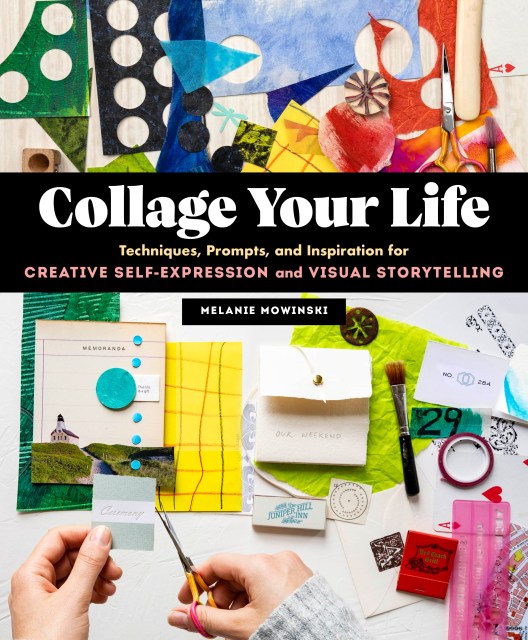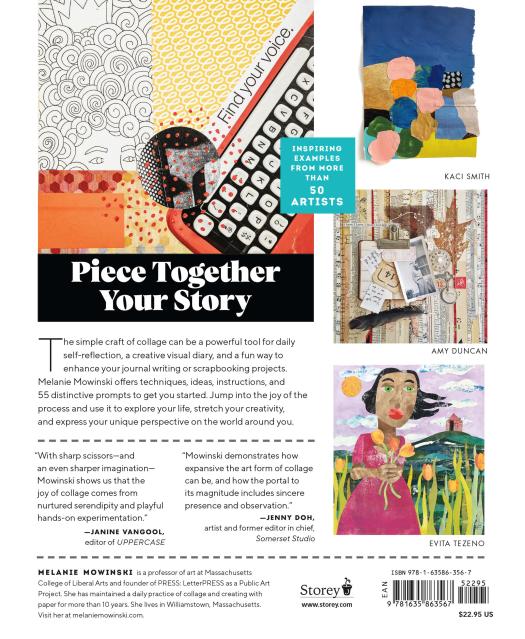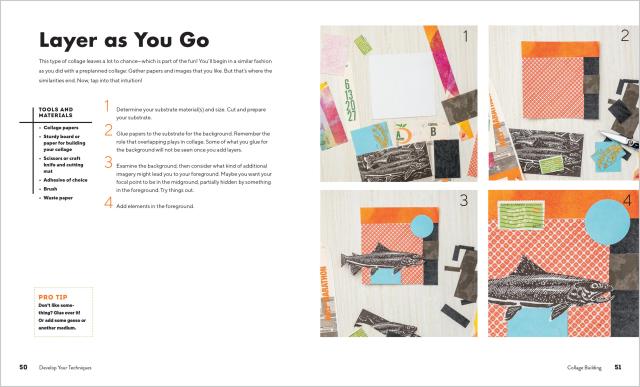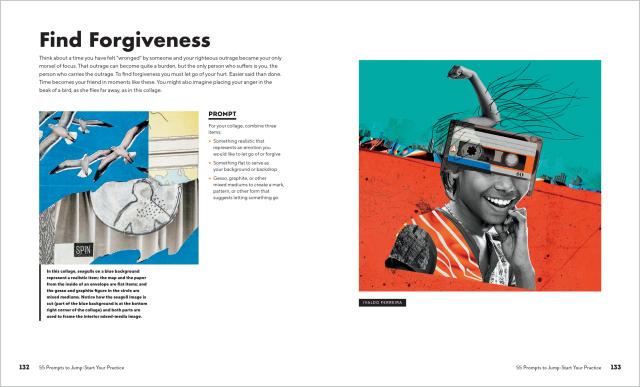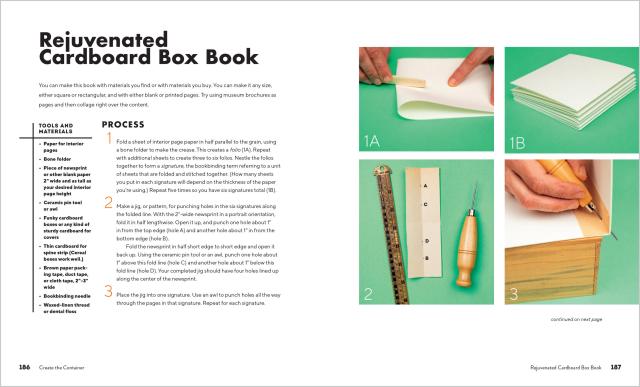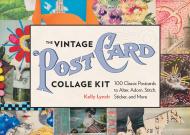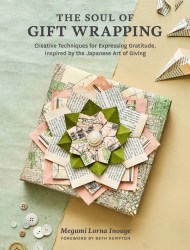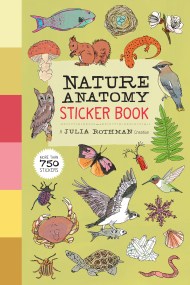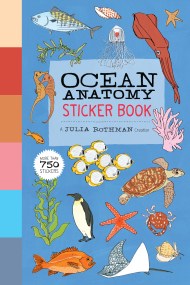Promotion
Use code BEST25 for 25% off storewide. Make sure to order by 11:59am, 12/12 for holiday delivery!
By clicking “Accept,” you agree to the use of cookies and similar technologies on your device as set forth in our Cookie Policy and our Privacy Policy. Please note that certain cookies are essential for this website to function properly and do not require user consent to be deployed.
Collage Your Life
Techniques, Prompts, and Inspiration for Creative Self-Expression and Visual Storytelling
Contributors
Formats and Prices
- On Sale
- Jun 21, 2022
- Page Count
- 224 pages
- Publisher
- Storey
- ISBN-13
- 9781635863567
Price
$22.95Price
$29.95 CADFormat
Format:
- Trade Paperback $22.95 $29.95 CAD
- ebook $11.99 $15.99 CAD
This item is a preorder. Your payment method will be charged immediately, and the product is expected to ship on or around June 21, 2022. This date is subject to change due to shipping delays beyond our control.
Buy from Other Retailers:
-
“With sharp scissors—and an even sharper imagination—Melanie Mowinski shows us that the joy of collage comes from nurtured serendipity and playful hands-on experimentation.” — Janine Vangool, editor of UPPERCASE magazine
“In Collage Your Life, Melanie Mowinski demonstrates how expansive the artform can be, and how the portal to discovering its magnitude includes sincere presence and observation. The book's thorough presentation of methods and prompts will lead readers to varied and compelling paths of expression through the wondrous world of collage.” — Jenny Doh, artist and former Editor-in-Chief, Somerset Studio
" This is an excellent introduction to collage for crafty dabblers and experienced artists alike. Those who do not consider themselves artistic at all may also be inspired to try this forgiving medium, which has low barriers in regard to time, money, and skill. Mowinski’s instructions and encouragement easily convince the reader that they, too, can create collages. There is an overview of tools and techniques, a brief discussion of artistic principles and design elements, and simple instructions. A large portion of the book is the “55 Prompts to Jump-Start Your Practice” section, which provides ideas when inspiration is lacking. Each prompt has a brief introduction and a short list of instructions. Peppered throughout the prompts are statements and examples from several collage artists. In addition, collages created by other artists (all credited) are located throughout the book. There are also instructions for several bookbinding techniques. Wide-ranging reading and resources lists finish out the book.
VERDICT Highly recommended for public libraries. This will appeal to anyone interested in scrapbooking, bullet or art journaling, bookmaking, printmaking, as well as anyone looking for a creative outlet who thinks they aren’t artistically talented." — Library Journal, starred review
Newsletter Signup
By clicking ‘Sign Up,’ I acknowledge that I have read and agree to Hachette Book Group’s Privacy Policy and Terms of Use
